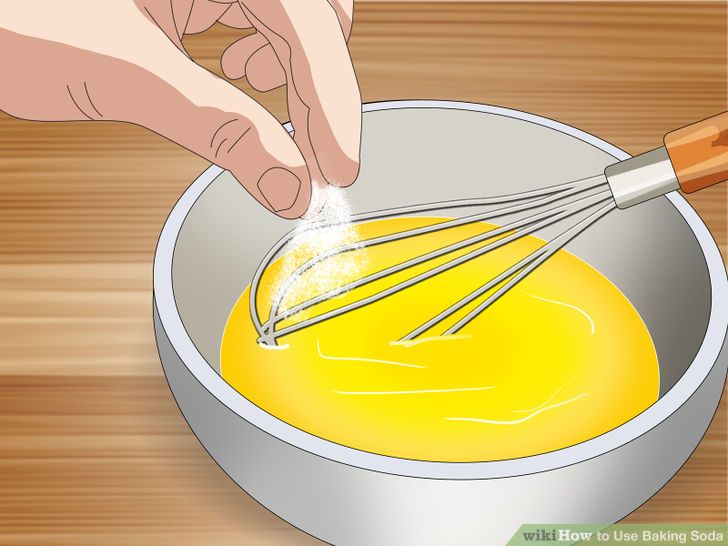Vitamin-D rich foods
Vitamin D is a unique vitamin as it can be obtained from food and sun exposure.
In spite of this, up to 50% of the world’s population does not get enough sunlight, and around 40% of the US population is vitamin D-deficient.
Some of the reasons for this vitamin-D deficiency are – people spend more time indoors, wear sunblock when outside and eat diet that are poor sources of this vitamin.
The Reference Daily Intake (RDI) is 400 IU of vitamin D per day from foods, but many health organizations recommend getting 600 IU.
If you don’t get enough sunlight, the RDI should probably be closer to 1,000 IU per day.
The following foods are rich in vitamin D:
- Salmon: Just 100 grams of the wild salmon can provide up to 900 IU, compared to only 25% that is present in the farm variety of salmon.
- Cod liver oil: One teaspoon gives about 450 IU of vitamin D. It is also a fantastic source of vitamin A, with 90% of the RDI coming from just one teaspoon (approx. 5 ml).
- Prawns (shrimps): One serving provides 152 IU of vitamin D per serving, or 38% of the RDI. It also contains 152 mg of cholesterol per serving but that should not be a cause of concern.
- Egg yolks: One conventionally grown egg yolk contains between 18 and 39 IU of vitamin D. However, pasture-raised chickens that roam outside in the sunlight produce eggs with levels that are 3 to 4 times higher. Eggs from chickens fed with vitamin D-enriched feed have levels as high as 6,000 IU of vitamin D per yolk.
- Mushrooms: Excluding fortified foods, mushrooms are the only plant source of vitamin D. Like humans, mushrooms can synthesize this vitamin when exposed to UV light. However, mushrooms produce vitamin D2, whereas animals produce vitamin D3. Although vitamin D2 does help raise blood levels of vitamin D, it may not be as effective as vitamin D3. Often grown in the dark, commercially grown mushrooms contain very little vitamin D2.
- Canned tuna: Canned light tuna contains up to 236 IU of vitamin D in a 100-gram (3.5-oz) serving, which is more than half of the RDI. Light tuna is typically a better choice than white tuna, and it’s considered safe to eat up to 6 oz per week
- Herring and sardines: Fresh Atlantic herring provides 1,628 IU per 3.5-oz (100-gram) serving, which is four times the RDI. One serving of sardines contains 272 IU, which is 68% of the RDI. Other types of fatty fish like halibut provides 600 IU per serving and mackerel provides 360 IU of vitamin D per serving.
- Oysters: One 3.5-oz (100-gram) serving of wild oysters has only 68 calories, but contains 320 IU of vitamin D, or 80% of the RDI. In addition, one serving of oysters contains 2–6 times more than the RDI of vitamin B12, copper and zinc — far more than a multivitamin capsule may contain.
- Fortified foods: Cow’s milk, soy milk, oatmeal, cereal and fruit juice are foods that are fortified with vitamin D. Check labels before purchase to know how much vitamin D they contain.
